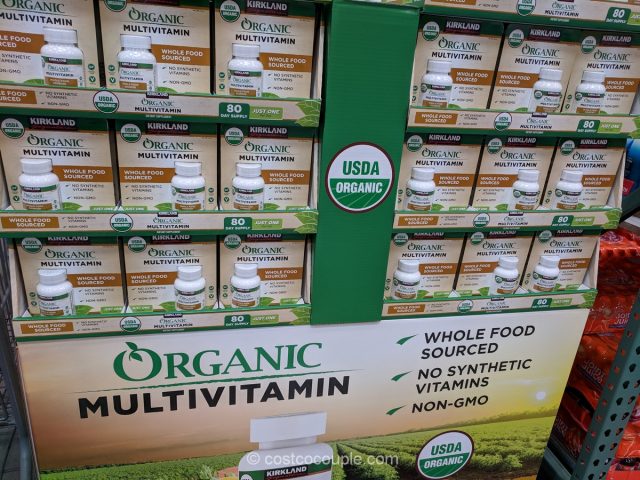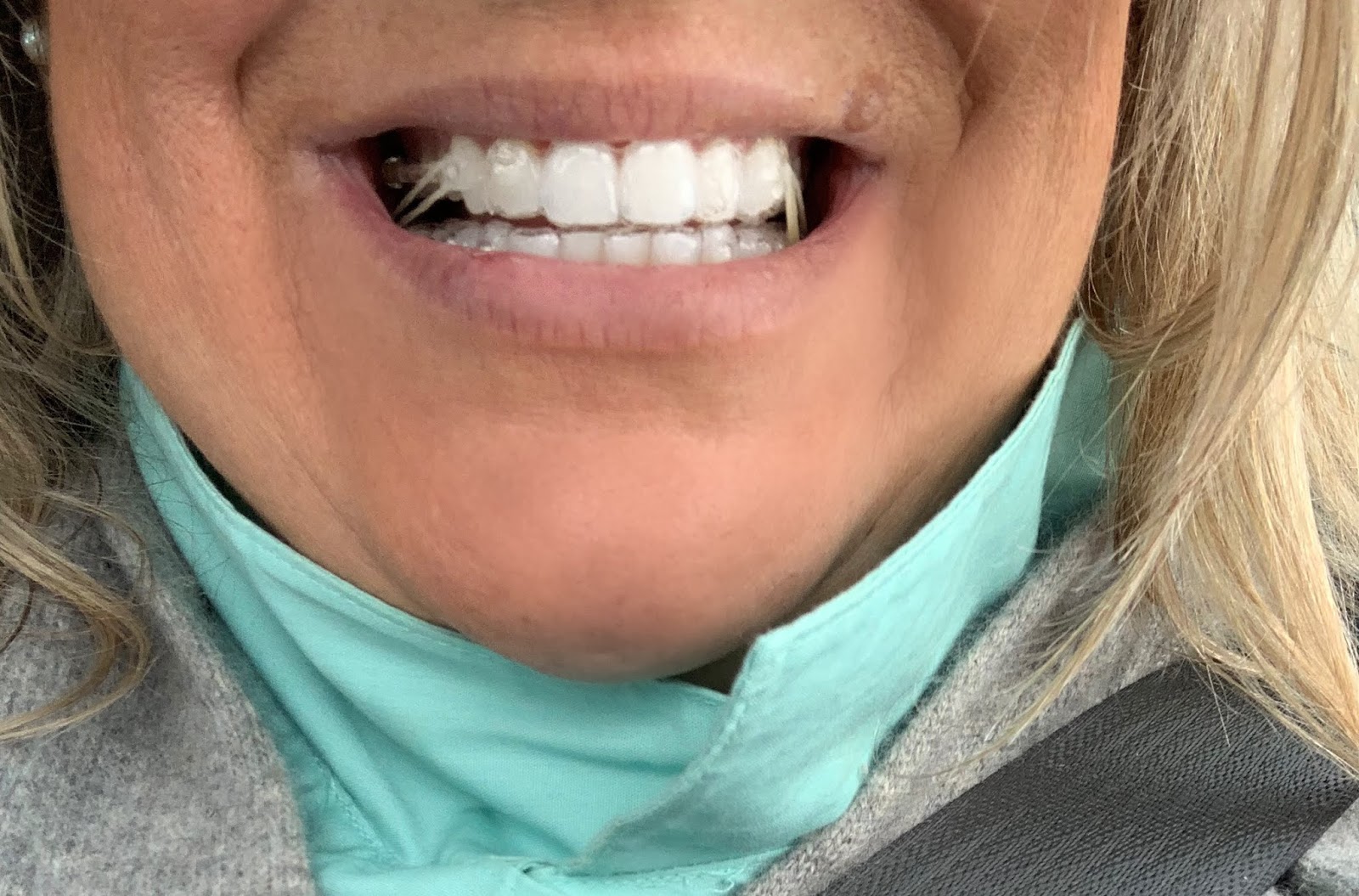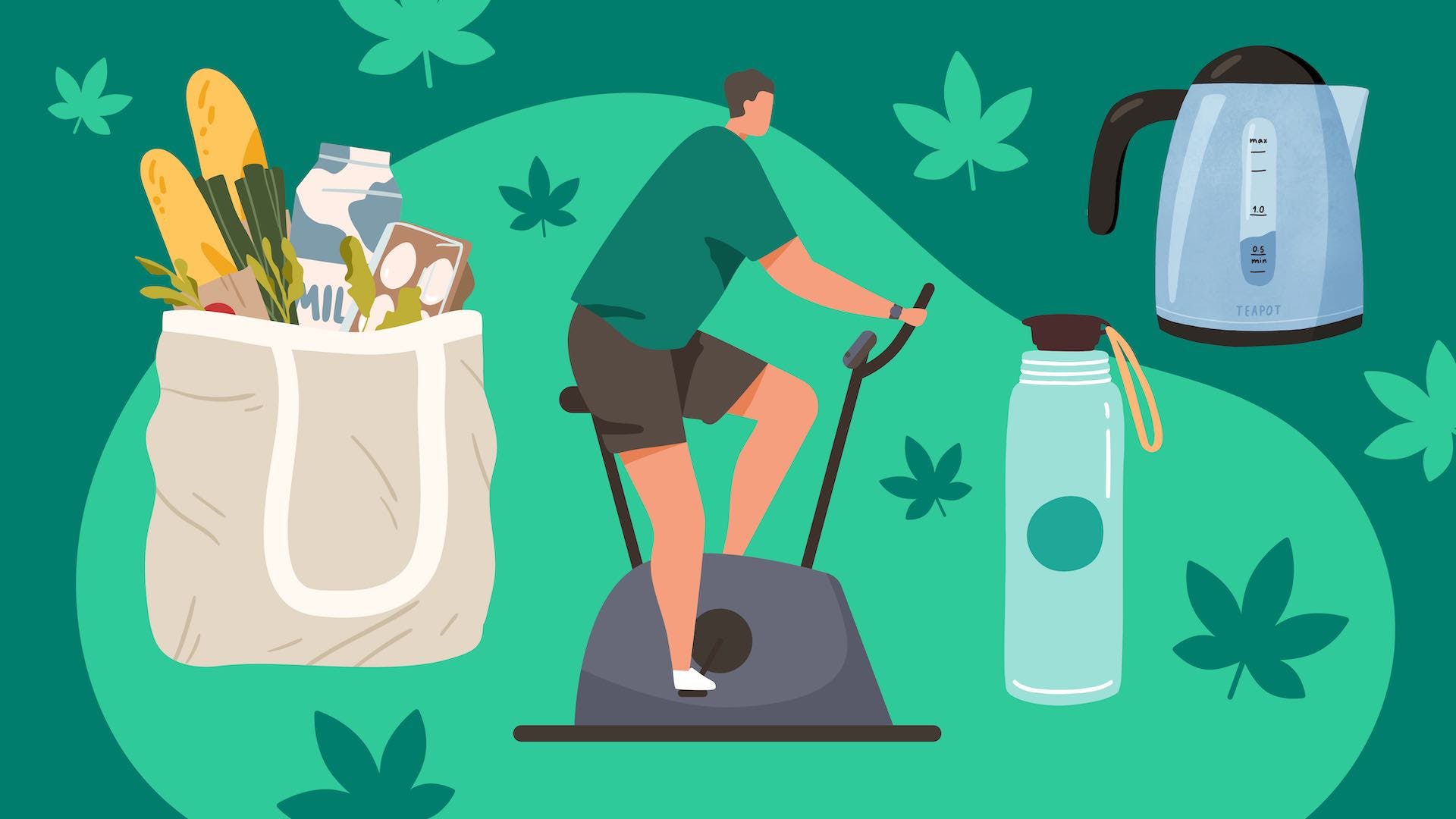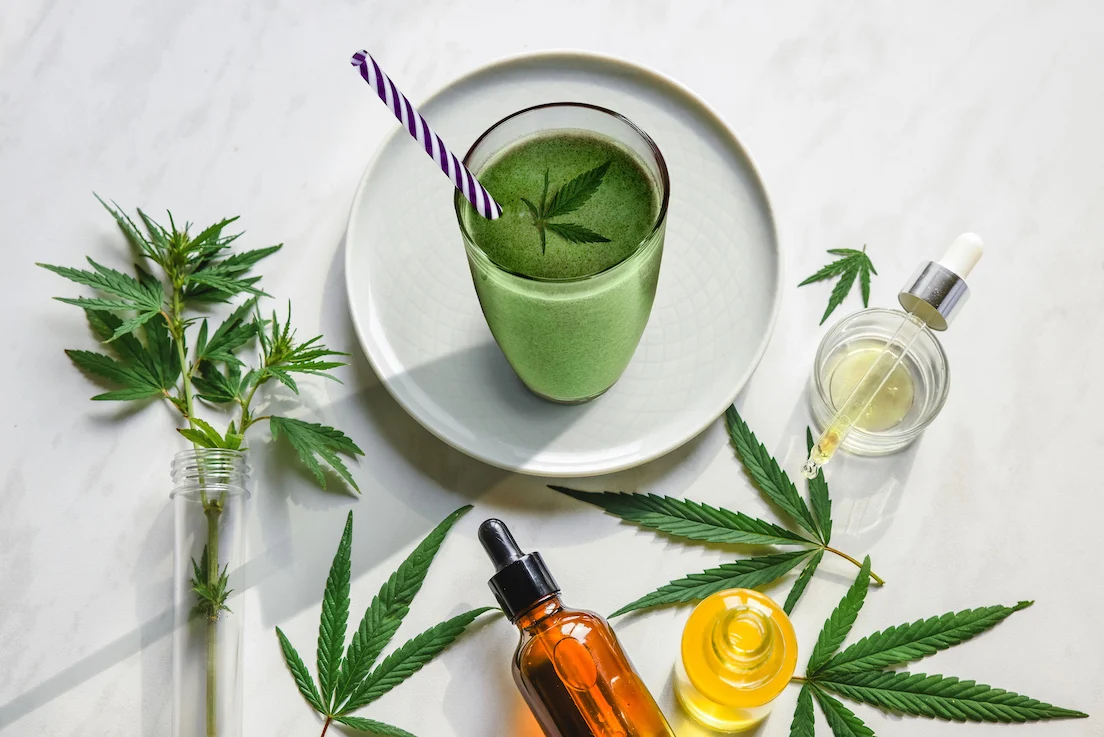
Exploring The Top Health Benefits Of Pre and Probiotics
Maintaining good gut health has never been more critical in today’s fast-paced world, where processed foods and hectic lifestyles have become the norm. Amidst this, pre and probiotics have gained significant attention for their potential to promote overall well-being. From aiding digestion to boosting immunity, pre and probiotics offer a plethora of health benefits for people of all ages and genders, including specific advantages for women’s health. Let’s delve into the comprehensive guide of the top health benefits of Pre and Probiotics for Women and understand why they’re essential for optimal health.
Improving Digestive Health
One of the primary benefits of pre and probiotics is their ability to enhance digestive health. Probiotics, often referred to as “good bacteria,” help maintain a healthy balance of microorganisms in the gut, which is crucial for proper digestion and nutrient absorption. Prebiotics, on the other hand, serve as food for these beneficial bacteria, promoting their growth and activity in the digestive system. Together, they can alleviate symptoms of digestive disorders such as irritable bowel syndrome (IBS), constipation, and diarrhea.
Boosting Immune Function
The gut is home to a significant portion of the body’s immune system. By promoting a healthy balance of gut bacteria, pre and probiotics play a vital role in supporting immune function. Probiotics help stimulate the production of immune cells and enhance the body’s ability to fight off harmful pathogens. Additionally, prebiotics contribute to a robust immune response by nourishing beneficial bacteria in the gut, thus fortifying the body’s defense mechanisms.
Enhancing Nutrient Absorption
Optimal nutrient absorption is crucial for maintaining overall health and vitality. Pre and probiotics aid in the breakdown and absorption of nutrients from food, ensuring that the body receives essential vitamins, minerals, and other nutrients necessary for various physiological functions. By promoting a healthy gut environment, pre and probiotics optimize nutrient absorption, leading to improved energy levels, better skin health, and overall well-being.
Supporting Weight Management
Emerging research suggests that pre and probiotics may play a role in weight management and obesity prevention. Probiotics have been found to influence appetite regulation, reduce fat storage, and increase the production of hormones that promote feelings of fullness. Moreover, prebiotics can help control blood sugar levels and reduce cravings for unhealthy foods, making them valuable allies in the journey towards achieving and maintaining a healthy weight.
Balancing Hormones
Hormonal imbalances can wreak havoc on women’s health, leading to issues such as irregular periods, mood swings, and reproductive problems. Pre and probiotics may help restore hormonal balance by modulating gut bacteria, which are crucial in hormone metabolism and production. By promoting a healthy gut microbiome, pre and probiotics can alleviate symptoms of hormonal disorders and support overall hormonal health in women.
Preventing Urinary Tract Infections (UTIs)
UTIs are a common problem for many women, often caused by the overgrowth of harmful bacteria in the urinary tract. Probiotics, particularly strains like Lactobacillus, can help prevent UTIs by maintaining a healthy balance of bacteria in the urogenital region. By colonizing the urinary tract with beneficial bacteria, probiotics can inhibit the growth of pathogenic organisms, reducing the risk of infection.
Supporting Vaginal Health
The vaginal microbiome plays a crucial role in women’s reproductive health and overall well-being. Disruptions in vaginal flora can lead to infections such as bacterial vaginosis and yeast infections. Probiotics, especially strains like Lactobacillus rhamnosus and Lactobacillus reuteri, can help restore and maintain a healthy balance of bacteria in the vagina, reducing the risk of infections and promoting vaginal health.
In conclusion, the health benefits of pre and probiotics are undeniable, offering a holistic approach to wellness that encompasses digestive health, immune function, weight management, hormonal balance, and women’s health. By incorporating pre and probiotic-rich foods such as yogurt, kefir, sauerkraut, and kombucha into your diet, you can support your gut health and overall well-being. However, it’s essential to choose high-quality, reputable sources of pre and probiotics and consult with a healthcare professional before starting any new supplement regimen. With their myriad benefits, pre and probiotics are undoubtedly worth considering as a cornerstone of a healthy lifestyle.

Transforming Your Smile And Confidence With Invisalign
Are you dreaming of a straighter, more confident smile? Thanks to modern dental technology, achieving that picture-perfect grin is now easier than ever. Invisalign, a revolutionary alternative to traditional braces, has been changing the lives of countless individuals by discreetly straightening their teeth. This article’ll explore how Invisalign can transform your smile and boost your confidence.
Understanding Invisalign
Invisalign is a cutting-edge orthodontic treatment that uses a series of clear, removable aligners to straighten your teeth. These aligners are custom-made to fit your teeth precisely and gradually move them into the desired position. Unlike traditional metal braces, Invisalign aligners are virtually invisible, making them a popular choice for adults and teenagers who want to maintain a natural appearance while undergoing orthodontic treatment.
The Benefits of Invisalign
Aesthetic Appeal: One of the most significant advantages of Invisalign is its aesthetic appeal. The clear aligners are hardly noticeable when worn, allowing you to smile confidently throughout your treatment. No more metal brackets and wires obstructing your smile!
Comfortable and Convenient: Invisalign aligners are made from smooth, comfortable plastic, eliminating the irritation and discomfort often associated with traditional braces. They are also removable, making it easy to eat, brush, and floss without any restrictions.
Efficiency: Invisalign treatment typically takes less time than traditional braces to achieve the desired results. The advanced technology behind Invisalign allows for precise tooth movement, reducing the overall treatment duration.
Improved Oral Health: Straighter teeth are not just about aesthetics; they also contribute to better oral health. Properly aligned teeth are easier to clean, reducing the risk of gum disease, cavities, and other dental issues.
Boosted Confidence: Your confidence soars when you feel good about your smile. Invisalign can help you achieve the smile you’ve always wanted, leading to increased self-assurance in both social and professional settings.
The Invisalign Process
Getting started with Invisalign is a straightforward process. Your journey to a transformed smile begins with a consultation with an experienced Invisalign provider. During this consultation, your dentist will evaluate your oral health and discuss your treatment goals.
If Invisalign is the right choice for you, the next step involves creating a 3D digital model of your teeth. This model is used to design a personalized treatment plan that maps out the movement of your teeth throughout the entire process.
Once your custom aligners are ready, you’ll wear them for about 20-22 hours a day, changing to a new set of aligners every one to two weeks. Regular check-ups with your dentist will ensure your treatment progresses as planned.
The Transformation Begins
As you progress through your Invisalign treatment, you’ll begin to notice changes in your smile. Your teeth will gradually move into their desired positions with each new set of aligners. The process is comfortable, and the discreet appearance of the aligners means that you can confidently go about your daily life without the self-consciousness often associated with traditional braces.
Confidence and Beyond
The transformation that Invisalign brings to your smile is not just physical; it’s emotional as well. Your confidence will naturally improve as your teeth become straighter and more aligned. You’ll find yourself smiling more often and may even notice a positive impact on your personal and professional relationships.
Invisalign isn’t just about aesthetics; it’s about transforming your overall well-being. So, if you’ve been longing for a straighter, more confident smile, consider Invisalign as a convenient and effective option to achieve your dream smile.
In conclusion, Invisalign has revolutionized orthodontic treatment by offering a discreet, comfortable, and efficient way to straighten teeth and boost confidence. If you’re ready to embark on a journey to a more confident smile, consult an Invisalign provider today and take the first step towards transforming your smile and confidence.
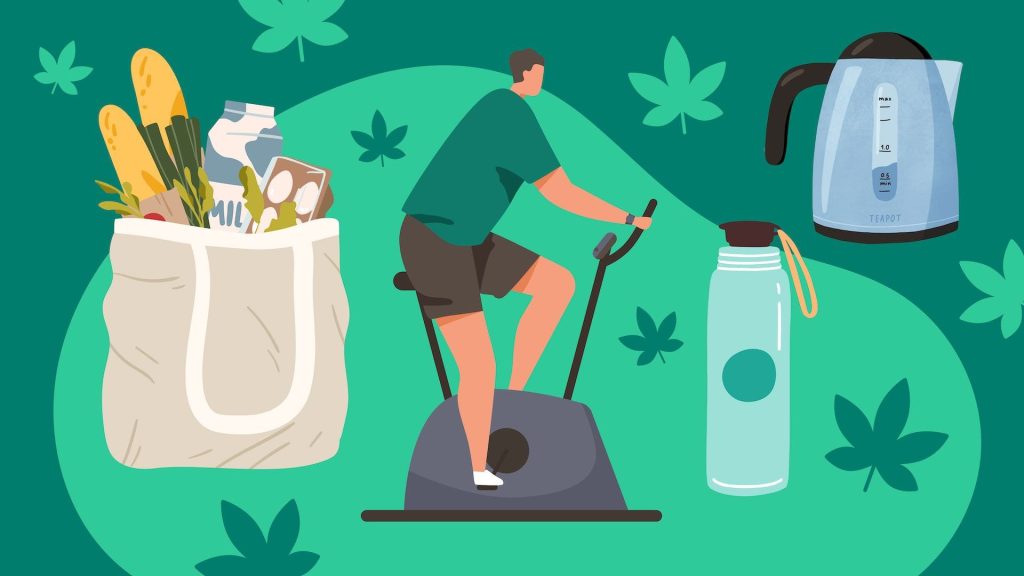
Understanding THC Detoxification: Facts and Myths
THC, also known as tetrahydrocannabinol, is a psychoactive component of cannabis responsible for the euphoria experienced from its use. It can stay in your system for up to 90 days after consumption and has the potential to show up on drug tests if you are not careful. Fortunately, there are ways to detox from THC if you need it out of your system quickly. Here’s a beginner’s guide to best THC detox at MercuryNews with all the facts and myths about THC detoxification that one should know before starting the process.
What Is THC Detoxification?
THC detoxification or “detoxing” involves flushing out any remaining traces of this psychoactive substance from your body so as not to test positive on a drug screening. This can be done through natural means such as diet and exercise or through more aggressive methods like prescription medication or home remedies. No matter which method you choose, it is important to understand how long it will take for your body’s THC levels to drop back to normal before taking a drug test.
How Long Does It Take To Detox From THC?
It depends on several factors including age, metabolism rate, frequency of marijuana use, amount consumed and other lifestyle habits such as diet and exercise. Generally speaking, someone who smokes marijuana regularly may need up to 30 days or more for their body’s natural metabolic processes to clear out enough of the substance so they do not test positive on a drug screen. Those who have only used marijuana once or twice may be able to get away with less time but still have difficulty passing a drug test after two weeks due to residual amounts of THC lingering in their system.
Natural Ways To Detox From THC
Natural ways refers to dietary changes as well as increasing physical activity, which can help speed up the process of getting rid of any remaining traces of cannabinoids from your body before taking a drug test. Increasing fiber intake by eating foods like fruits, vegetables and grains can aid in pushing toxins out faster while exercising helps regulate hormones which can improve overall health along with helping metabolize fat-soluble substances like cannabis quicker than normal metabolic rates usually would without additional physical activity involved. Drinking plenty of water is also essential for expediting toxin elimination since hydration helps flush them out easier than if your body were dehydrated during cleansing periods; however consuming too much water could lead negative effects so moderation should always be kept in mind when trying this method specifically.
Synthetic Urine And Home Remedies For Instant Cleansing
Synthetic urine kits are widely available online and usually consist of powdered chemicals mixed together to mimic real human urine samples; these kits come with very specific instructions detailing exactly how they must be prepared for accurate results when tested. Meanwhile, home remedies usually involve mixing various household ingredients into concoctions that some people believe (but not necessarily prove) to be similarly effective to synthetic products – although there is no scientific data to support these claims, many users swear by them, citing success stories when using these recipes before submitting samples for testing.
Prescription drugs for faster results
If you don’t have time for natural methods then there are prescription medications available that are specifically designed to alter existing cannabinoid levels within the system, making them appear smaller/non-existent within a given timeframe, often depending on pre-existing conditions etc. These medications generally include naltrexone (Vivitrol), disulfiram (Antabuse) and acamprosate (Campral). However, it’s highly recommended that anyone considering using these treatments speak to their doctor first before taking anything else to make sure they aren’t contraindicated due to underlying medical concerns before allowing use.
The bottom line:
In conclusion, while there are certain ways one might use either naturally or synthetically based approaches towards removing trace amounts from one’s system prior to testing, no single method works universally across all bodies nor guarantees success even when followed carefully; therefore, always seek advice from professional medical personnel capable of providing specialized information related to each individual’s unique needs on a case by case basis before deciding what route to take specifically. The most important thing to remember is that whichever route is taken, the ultimate goal is to know the facts, to be truthful, to separate myth from fiction, to succeed, and to purge unwanted elements in the safest and most permanent way possible.
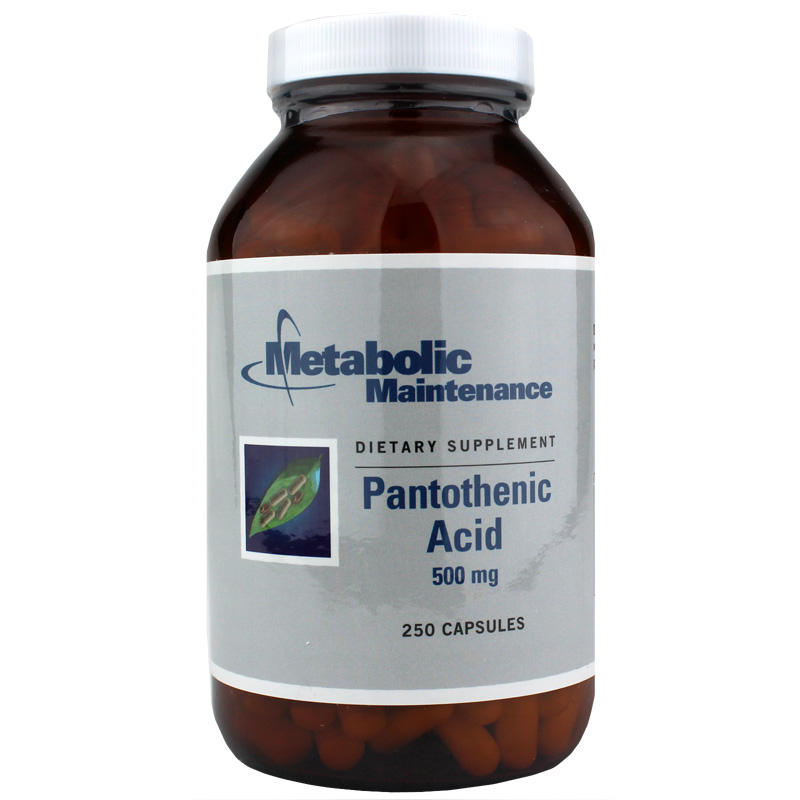
Allithiamine: The Hidden Vitamin B1 You Need to Know About
Another lesser-known form of vitamin B1 is lipothiamine, which is a lipid-soluble variant of thiamine that is believed to be more easily absorbed by the body than traditional thiamine supplements. This form of thiamine has also shown potential in the treatment of various health conditions, including diabetic neuropathy and Alzheimer’s disease. If you are looking to try lipothiamine or other forms of thiamine supplements, you can check out iHerb and other health supplement stores for availability.
What Is Allithiamine?
Allithiamine is a lipid-soluble form of vitamin B1 that was discovered in garlic (Allium sativum) in the 1950s along with its homolog prosultiamine. Unlike regular thiamine, which is water-soluble and easily excreted by the body, allithiamine can cross the blood-brain barrier and reach the brain and nervous system more effectively. This makes it more potent and bioavailable than other forms of vitamin B1.
Why You Need Allithiamine
Allithiamine has several benefits for your health, especially if you are at risk of thiamine deficiency or have certain conditions that affect your metabolism, nerves, or brain. Some of the reasons why you need allithiamine are:
- It can prevent or treat thiamine deficiency.
Thiamine deficiency can cause serious complications such as beriberi, Wernicke-Korsakoff syndrome, and lactic acidosis. These conditions can affect your heart, muscles, nerves, and brain function. Thiamine deficiency can be caused by alcohol use disorder, diabetes, certain gastrointestinal conditions or surgeries, or heart failure. Allithiamine can help replenish your thiamine levels and prevent or reverse these complications.
- It can support your nerve health.
Allithiamine can help protect your nerves from damage caused by high blood sugar levels, inflammation, or toxins. It can also help improve nerve conduction and reduce pain and numbness associated with diabetic neuropathy. Allithiamine may also help with other nerve-related conditions such as carpal tunnel syndrome, sciatica, or Bell’s palsy.
- It can enhance your brain function.
Allithiamine can help improve your cognitive abilities such as memory, attention, and learning. It can also help prevent or treat cognitive decline and dementia caused by aging, Alzheimer’s disease, or stroke. Allithiamine may also help with mood disorders such as depression and anxiety by modulating neurotransmitters such as serotonin and dopamine.
How to Get Allithiamine
Allithiamine is naturally found in some foods, especially garlic and other onion family members. However, the amount of allithiamine in these foods is very low and may not be enough to meet your needs. Therefore, you may consider taking a supplement containing allithiamine or its derivatives such as benfotiamine or sulbutiamine.
The recommended daily amount of vitamin B1 for adults is 1.2 milligrams for males and 1.1 milligrams for females. However, the optimal dose of allithiamine may vary depending on your individual needs and health conditions. You should consult your healthcare provider before taking supplements to determine the best dose for you.
Allithiamine supplements are generally considered safe and well-tolerated when taken orally. However, some people may experience allergic reactions when given high doses of allithiamine through an intravenous line. Therefore, you should avoid taking allithiamine injections unless prescribed by your doctor.
If you are looking for a high-quality allithiamine supplement that is tested for purity and potency, you may want to check out allithiamine australia. This supplement contains 50 milligrams of allithiamine per capsule and is made from natural ingredients. You can order it online from their website or find it in selected health stores.

What To Expect From A Marijuana Detox
Detoxing from marijuana can be a daunting prospect for many people, especially those who have used the drug regularly over an extended period. Even though marijuana is much less addictive than other drugs, its withdrawal symptoms are unpleasant and must be managed carefully. Knowing what to expect during a marijuana detox can help prepare you for the process and make it easier to get through this difficult time. Here’s what you should know about detox for weed and what you can do to ensure your detox experience is as successful as possible.
1. Physical symptoms
The most common physical symptoms associated with marijuana detox are headaches, insomnia, fatigue, loss of appetite, nausea, stomach pain and even cold sweats or fever. These symptoms usually start within the first day or so of stopping marijuana use and can last for several days before gradually subsiding. It’s important to remember that these effects are not dangerous and will eventually go away on their own, but they can be uncomfortable enough that some users decide to seek medical help to deal with them more effectively.
2. Mental symptoms
Marijuana withdrawal also involves mental rather than physical symptoms such as irritability, mood swings, depression and anxiety. These emotional side effects tend to be worse when physical symptoms are present because of the added stress of feeling unwell at the same time; however, some users report experiencing mental distress even when they are not experiencing physical discomfort. The intensity of these mental problems tends to vary from person to person, but can last up to two weeks or more, depending on how long it takes for an individual user’s body chemistry to return to normal after stopping cannabis use altogether.
3. Cravings
Cravings are another common symptom experienced during the marijuana detox process due to the addictive behaviours developed during regular use of the drug over an extended period of time. These cravings often manifest as intense urges or desires for more cannabis, making it difficult for recovering users to maintain sobriety in the early stages of recovery; however, they usually subside within a week or two, provided there has been no further exposure or contact with cannabis during this period. In addition, cravings can be managed by engaging in activities such as exercise or socialising with supportive people who understand your situation – both of which have been shown to be effective in helping recovering users stay focused on getting clean rather than succumbing to the temptation of old habits, which can derail progress if left unchecked for too long after abstinence.
4 . Sleep problems
Sleep disturbances are also quite common among people trying to quit smoking weed, as this particular drug significantly disrupts regular sleep patterns over the time leading up to cessation; therefore it stands to reason that getting back into healthy sleep cycles could take some adjustment on behalf of those going through withdrawal before all goes back to normal in that regard. For example, many individuals experience difficulty falling asleep due to lack of enough energy resulting from lack of THC presence in the body while others may find themselves more restless at night suffering either form mild insomnia bouts chronic cases where nightmares become the norm due to frequent wake ups throughout the duration course sleep cycle itself becomes completely disrupted causing further problems daytime hours including increased levels of fatigue exhaustion general malaise overall atmosphere of user’s life until balance is fully restored elsewhere related.
5. Duration The duration and intensity of marijuana withdrawal symptoms depends on various factors such as how long someone has been using the substance, how often they have used it, how much was taken per session (if applicable), whether any alcohol or other substances were involved, the scene affecting the rate of metabolism, etcetera. But generally speaking, the most acute phase of withdrawal lasts between 7 and 10 days after initial cessation followed by gradual easing residual effects persist a few weeks beyond mark at which point all should be almost completely gone then person once again able to operate normally daily functions without interruption .


